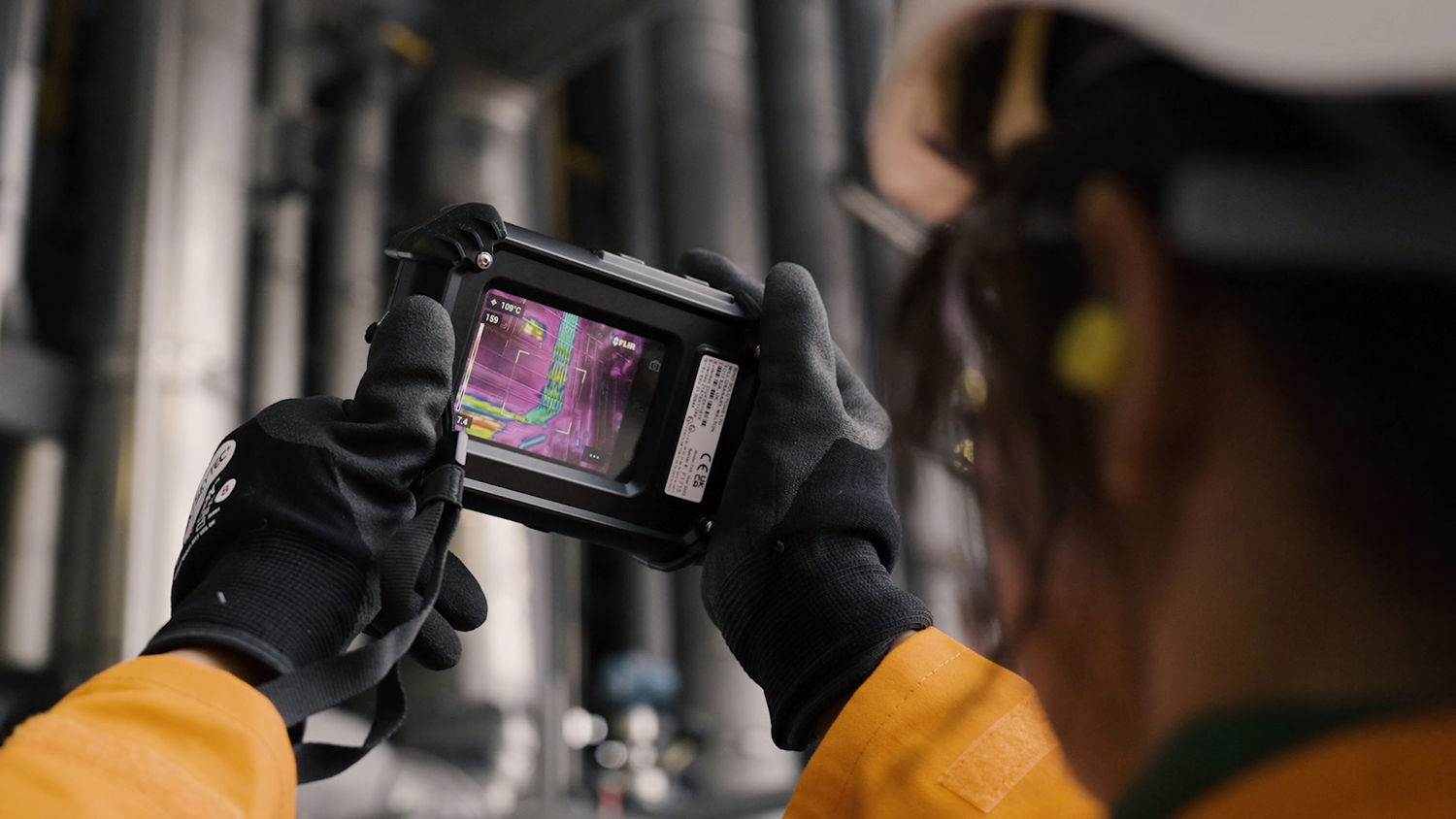Safe Tools for Unsafe Spaces: Why Zone-Rated Equipment Matters


In some industrial settings, even a small spark can trigger a major incident. Explosive atmospheres caused by flammable substances in the air are more common than many realize, especially in industries like energy, chemicals, and food production.
Electrical and mechanical inspections in these areas are essential, but they carry serious risk. That’s why tools used in such environments must be specifically designed and certified to prevent ignition.
This article explains why zone-rated tools matter, and how they enable safer, smarter inspections in high-risk environments.
Hazardous areas are locations where there’s a risk of explosion due to the presence of flammable gases, vapours, or dust. These conditions can occur in a wide range of industries, from refineries and gas facilities to food processing and recycling plants.
To manage these risks, international standards like ATEX (Europe) and IECEx (international) classify hazardous zones by how frequently and how long explosive materials are present:
In these areas, even a small discharge from non-certified equipment can be enough to ignite an explosion. This is why inspections in hazardous zones must be done with certified tools, designed to operate safely in environments where ignition must be avoided at all costs.
Using tools that are not certified for hazardous areas can lead to serious consequences. A small spark, a high surface temperature, or even static electricity from a non-rated device can trigger an explosion in the wrong environment.
Beyond the immediate safety risk to employees, there are also legal and financial consequences. Failing to use certified equipment in ATEX or IECEx zones can result in fines, shutdowns, or insurance claims being denied. In some cases, companies may face damage to their reputation or long-term business interruptions.
These are not rare incidents. Across industries, accidents in hazardous areas often happen because of simple mistakes, like using the wrong tool for the job. Working in explosive zones requires more than caution. It requires equipment that is designed specifically to prevent ignition, even in the most unpredictable conditions.
Zone-rated tools are built to meet strict safety requirements. They are tested and certified to be used in environments where explosive gases, vapors, or dust may be present. Certifications like ATEX and IECEx confirm that a tool will not create ignition sources under normal operation.
These tools are designed with special features:
For example, FLIR offers the Si2x acoustic camera and Cx5 thermal camera, both certified for use in hazardous areas. They allow workers to carry out inspections without leaving the safe zone or shutting down production. Optical gas imaging cameras like the FLIR G-Series help to safely detect gas emissions in refineries, petrochemical facilities, natural gas well pads, compression stations, and power generation plants.
These tools allow technicians to detect problems from a safe distance, often without opening enclosures or entering the highest-risk zones. This reduces the need for permits, lowers PPE requirements, and limits exposure, all while maintaining inspection quality.
There’s one important caveat though: certification does not replace training. These tools still need to be used correctly, by people who understand the risks and follow the correct procedures. Safe tools make inspections possible, but safe behaviour makes them effective.
Working in hazardous environments does not mean lowering inspection standards. With the right zone-rated tools, inspections can still deliver high-quality results, safely and efficiently.
Thermal imaging helps detect issues like overheating motors, overloaded circuits, or poor electrical connections before they cause failures. Acoustic imaging makes it possible to find compressed air or gas leaks, a major safety and cost concern in many facilities.
Tools like the FLIR Si2x and Cx5 are not only certified for use in dangerous areas, but they also produce detailed results. Images can be reviewed immediately or shared through connected software platforms like FLIR Ignite, helping teams make quick, informed decisions.
Even in explosive zones, maintenance teams can carry out inspections without physical contact, without stopping operations, and without increasing the risk of ignition. Many faults can even be detected from outside the zone, without disrupting production or stepping into hazardous areas. With modern tools, safety and performance can go hand in hand, no compromises needed.
Compliance is the baseline, but the real value of zone-rated tools is how they support speed, safety, and operational continuity. When inspections can be done quickly and without interrupting production, the result is fewer delays, fewer shutdowns, and less stress for maintenance teams.
The Cx5, for example, is primarily used for Temperature Class Surveys. In this application, the camera helps quickly identify areas heating beyond ignition thresholds for fuel or air mixtures present in the environment. Technologies like the Cx5 can reduce survey times by up to 90% compared to traditional single-spot scanning methods.
Certified tools also help organizations meet international safety standards, pass audits, and maintain insurance coverage. In many industries, this level of compliance is required, not optional.
But the benefits go beyond compliance. In high-risk areas, hazards don’t wait. With the right tools, teams can respond faster, work with greater confidence, and make safety a built-in part of daily operations, not just something done for inspection day.
Hazardous areas require more than caution; they require the right tools. With certified thermal and acoustic imaging equipment, inspections can be done safely, accurately, and without compromise.
Whether your team is working in explosive zones, gas-rich environments, or dust-filled facilities, zone-rated tools help protect your people and your plant. Let’s make this a summer of safety, even in the most challenging environments.